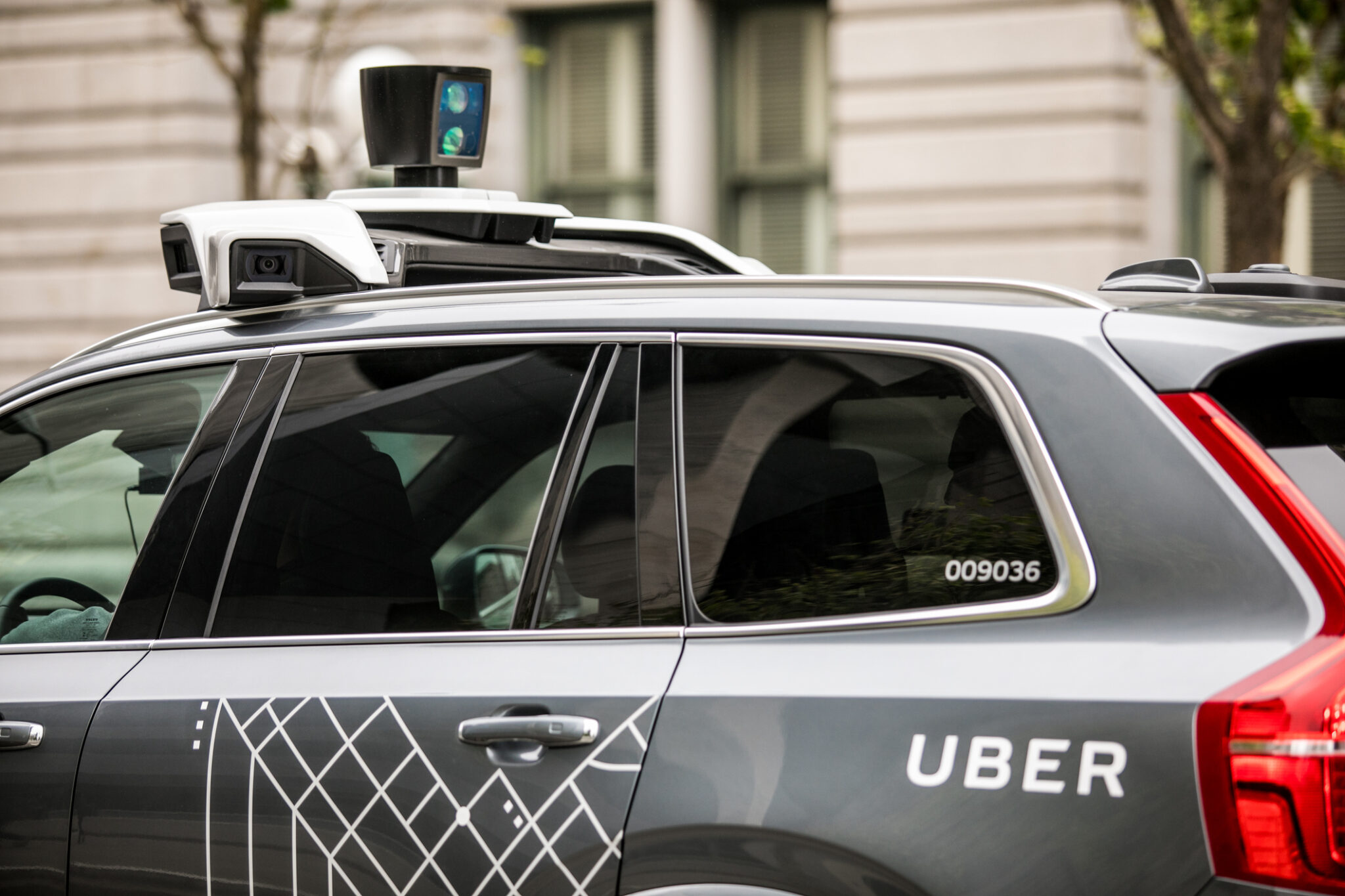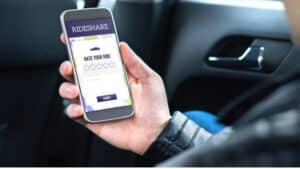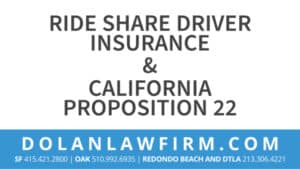
On March 18, 2018, in Tempe Arizona, a woman pushing her bike across the road at the intersection of Mill Avenue and Curry Road was struck and killed by an Uber self-driving vehicle in autonomous mode, marking a milestone in the Autonomous Vehicle revolution: the first human killed by a robo-car. Early reports state that the pedestrian was outside of the crosswalk at the time of the fatal collision.
The fatality is yet another in a series of injuries caused by robo-cars and it bodes of legal and moral controversy to come. It is also reminiscent of the December 31, 2013 death of 7-year-old Sophia Liu who was also crossing at an intersection when she was killed by an Uber driver. The Liu case sparked a massive debate on the risks associated with app-enabled Transportation Network Carriers (such as Uber and Lyft) drivers and the responsibility of Uber for injuries caused by their operations. The Dolan Law Firm represented the Liu family in the wrongful death claim. Christopher Dolan, along with the Consumer Attorneys of California (CAOC), waged a legislative battle to mandate that TNC providers maintain a million dollars of insurance for the injuries caused by its drivers, the first such legislative mandate of its kind in the nation.
Since the Liu case, Uber, Google (through its Waymo division), and over a dozen more manufacturers and developers/automakers have been pushing the bounds of app-enabled transportation to reach their ultimate goal: a driverless transportation system. The rationale for this move is motivated by profit: if Uber can deliver its services without a driver, they can keep the full fare instead of the less than 30% they now collect. As always, this is a classic example of profits versus people’s safety.
Uber first began driverless vehicle testing in San Francisco on December 14, 2016 without seeking approval from the California DMV or legislature. Shortly thereafter, the California DMV demanded that Uber cease and desist driverless operations and revoked the permits of 16 Uber test vehicles. In response Uber literally loaded its vehicles up and took them to Arizona, where there were virtually no regulations or restrictions on driverless cars. Arizona, in its bid to woo technology companies welcomed robo-cars without any regulation allowing them to drive freely on its roads so long as they met vehicle registration and insurance requirements applicable to regular passenger vehicles. It should come as no surprise then that the first fatality would occur on Arizona soil — where there are no regulations, there is demonstrably less safety.
This tragedy happened just days after Arizona’s governor, Doug Ducey, issued an executive order designed to “update” Arizona law while instructing legislators to eliminate “unnecessary regulation and hurdles” facing this new technology. The Governor’s “updates” are a sham. He simply orders that the robo-cars be in compliance with all “federal and state safety standards.” The problem is that there are no definable state standards in Arizona and the Federal Department of Transportation has issued no clear regulations instead deferring to the industry to set their own standards. Governor Ducey’s Order merely continues the policy of requiring robo-cars to meet the licensing and insurance requirements of all passenger vehicles.
Aside from instructing the Department of Public Safety to work with other relevant law enforcement agencies and manufacturers to develop protocols on how to interact with fully autonomous vehicles there is no other safety component to his Order other than restating that robo-cars must comply with all Arizona traffic laws. Therefore, fully autonomous vehicles, without any on board safety monitors, are free to roam about the streets and highways of Arizona.
As manufacturers and and developers are being given free reign to develop their own protocols, requirements, testing metrics and reporting systems without regulation or legislative oversight, more and more unproven vehicles appear on the public streets. While robo-car companies understandably work to minimize consumer injury and wrongful deaths associated with their products, we can’t let the fox guard the henhouse when it comes to consumer protection.
In California, at least, the DMV is taking some action to protect the consumer. California has set up a testing/permitting program for autonomous vehicles. On February 26, 2018 the California DMV issued regulations permitting the operation of robo-cars without drivers or on-board safety monitors as long as they have a remote operator monitoring the car who is capable of taking over operations in the event of a system failure or an emergency. In the event of a collision, the remote operator must be able to communicate with both passengers and law enforcement.
California requires that manufacturers of robo-cars obtain a permit from the DMV before operation. As part of that permit process, the manufacturer must certify that it has trained its test drivers in the application and use of the technology as well as how to assume control of the vehicle if necessary. Additionally, permit holders must provide to the local authorities within the jurisdiction where the vehicle will be tested a written notification that contains all of the following: (1) the operational design domain of the test vehicles; (2) a list of all public roads in the jurisdiction where the vehicles will be tested; (3) the date that testing will begin; (4) the days and times that testing will be conducted on public roads; (5) the number of vehicles to be tested and the types of vehicles to be tested; and (6) detailed contact information for the manufacturer conducting the testing.
California requires that test drivers (in vehicle or remote) must have had a driver’s license for the past three years with no more than one point against their license, no history of collisions involving injury or death, and no DUI for ten years.
Finally, California law requires that the manufacturer must demonstrate that they have $5,000,000.00 in liability coverage for injury caused by an robo-car that violates the law. This financial responsibility requirement may be demonstrated by providing a certificate of insurance or sufficient evidence of “self-insurance” through demonstrating a net-worth of five million dollars or more over the three-year period prior to applying for a permit. I am personally against the self-insurance scheme as this has proven to be meaningless in the past, such as when Yellow Cab Cooperative, who was “permissible self-insured” up to a million dollars went bankrupt leaving many injured people without any compensation for the harms their drivers caused.
While California may have gone farther than Arizona in its regulations, the race to appear “tech friendly” and maintain the presence of these companies in state, with their jobs and tax revenues, leaves too much self-regulation and, as a result, too much risk for the consumer. Unfortunately, as is often the case, many more innocent people will be injured or killed before the robo-cars are brought under control and are made safe for the public.









